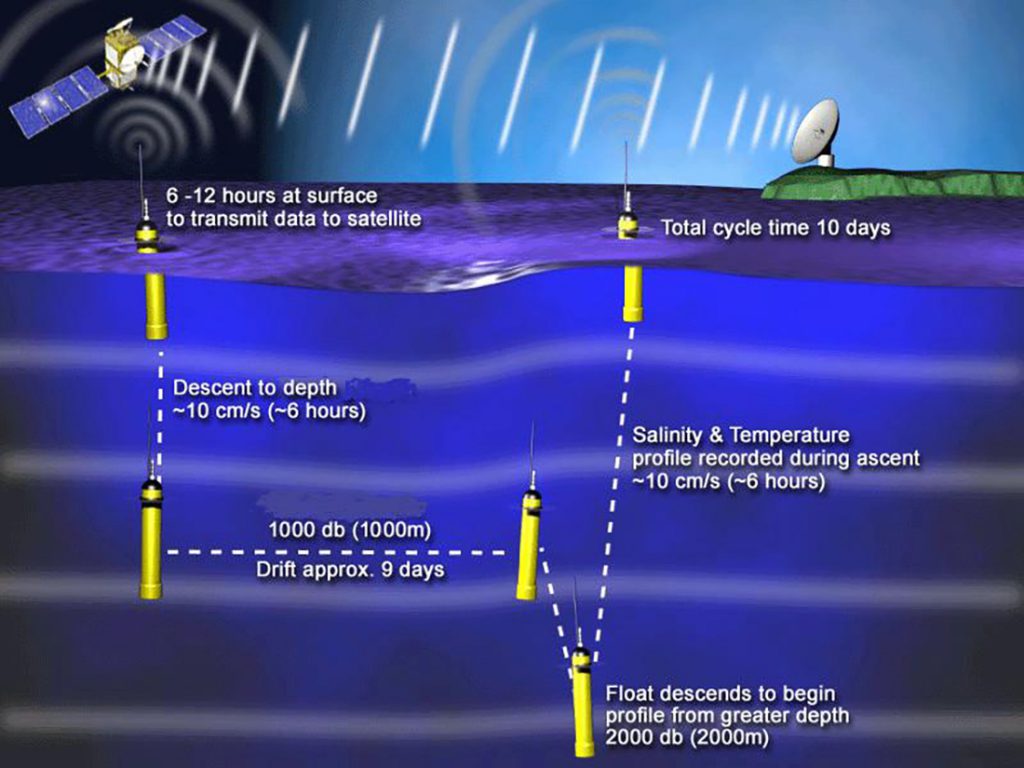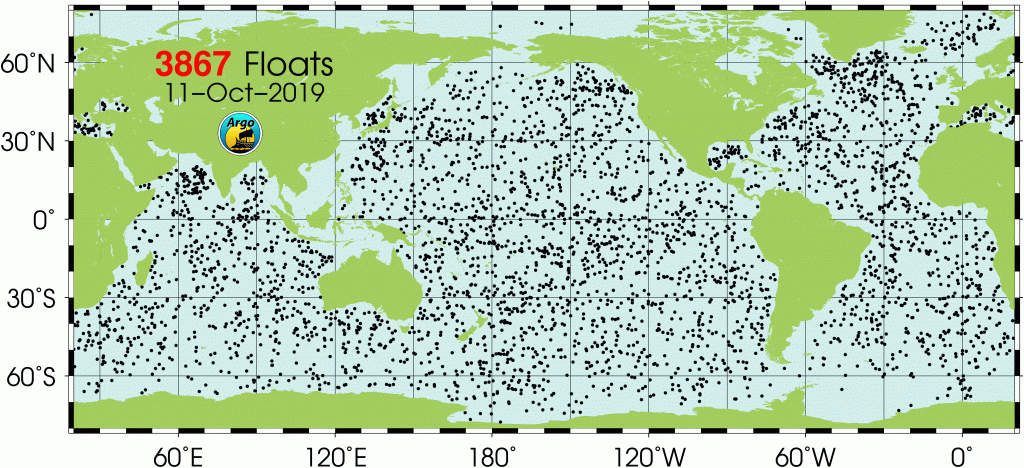By Elena Bruess
Medill Reports
I ziplined recently with a scientist who told me that her work involved almost 4,000 floating robots and a massive global computer database that could help her predict the future of our world’s climate.
This was during a break in the Comer Climate Conference and the woods behind conference headquarters held many mysteries, including a zipline and now – for me – the world’s most interesting researcher. I quickly scribbled “should probably catch up with her” in a notebook.
I did. She gave a presentation on her work the next day to climate scientists from across the nation gathered at the annual science meetup in southwestern Wisconsin.
My fellow zipliner is Becki Beadling, a Ph.D. candidate in geosciences at the University of Arizona at Tuscon. Her work involves climate model simulations and in-field observations specifically focusing on climate change in relation to carbon uptake in the Southern Ocean.
A climate model replicates interactions between important factors that drive the climate, such as temperature, salinity, pressure as well as carbon cycling. The climate model database is called the Coupled Model Intercomparison Project – CMIP for short. The project goes hand-in-hand with the U.N.’s recent climate change reports, generating data from modeling centers all over the world. All the centers are running the exact same experiments and all the data is available through this database for anyone involved.
It’s a big system.
Unfortunately the models can be off the mark.
“The only way we can trust these models is by verifying them against past observations, historical observations and what’s happening now. I want to know how well these models represent these properties,” Beadling said, during another conference break. “And then looking into the future, how well the circulations and properties in this region are projected to change.”
According to Beadling, the models give us a range of possible scenarios of what might happen as the planet warms, glaciers melt, sea levels swamp coastlines and drought threatens millions. The comparison between what the computer analyzes and the actual observations can offer climate researchers a better idea of what to expect in the future. The closer the current observation is to the model, the more accurate the model can be to predict the pace and range of future change.

Observing the elements in the oceans can be a time-consuming and expensive task, though. A couple of years ago, Beadling went on a cruise. This was not your average trip to the Bahamas, but rather a research ship that is meant to measure the properties in the ocean. The same as the models: temperature, salinity, dissolved oxygen, nitrate, etc. The researchers release robot floaters called SOCCOM Floats at the same transects of the ocean decade after decade.
Each floater spends 10 days dipping down and back up, beaming data to the researchers on the land and then the cycle continues again.


“It’s very new. Humans could not look at the great abyss of the global ocean, 71% of the Earth’s surface, because we could only go where we go in a ship,” said Joellen Russell, a biogeochemical dynamics professor at the University of Arizona and the chair of Integrative Science. Similar to Beadling, she works with the global database. She also attended the conference. “Now the robots do our work for us, and they keep working day-in and day-out, it doesn’t matter.”
According to Russell, there are just under 4,000 robots floating around right now, as Beadling mentioned.

When consulting the mix of the robot data and the current CMIP simulations, Beadling, Russell and other climate researchers can attempt to predict what our oceans will look like in the next century. Specifically they look to the Southern Ocean.
“When we think about modern climate, roughly 90% of the excess heat that’s trapped on our planet from greenhouse gas emissions has gone into our oceans. And the Southern Ocean is taking up the most,” Beadling said. “Heat and carbon are the most important components when thinking of the past, present and future of climate.”
The additional heat is in large part generated by human-driven emissions from fossil fuels, emissions that create the greenhouse gas carbon dioxide. CO2 holds heat in the atmosphere and is considered the thermostat of climate change. Even with ocean uptake, CO2 levels in the atmosphere have increased by more than 35 percent to more than 400 parts per million since the beginning of the Industrial Age.
According to Beadling, if we can better understand what those climate changes are going to be and how our oceans are going to react to all this warming, then we can have better projections of what we are facing from climate change and how to better prepare. Right now, the ocean is doing us a favor taking in all this carbon. But the question is for how long will it be able to do so and how fast might the Earth warm once ocean uptake of carbon slows or halts all together?
Looking ahead, a lot is uncertain for climate researchers such as Beadling. But, considering the work being done here, a big global database with a few thousand floating robots could eventually do the trick.

